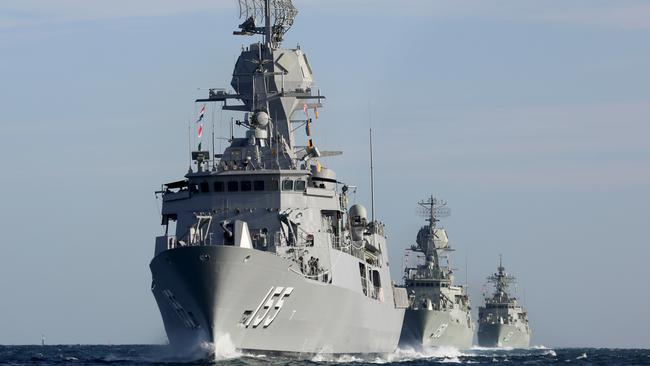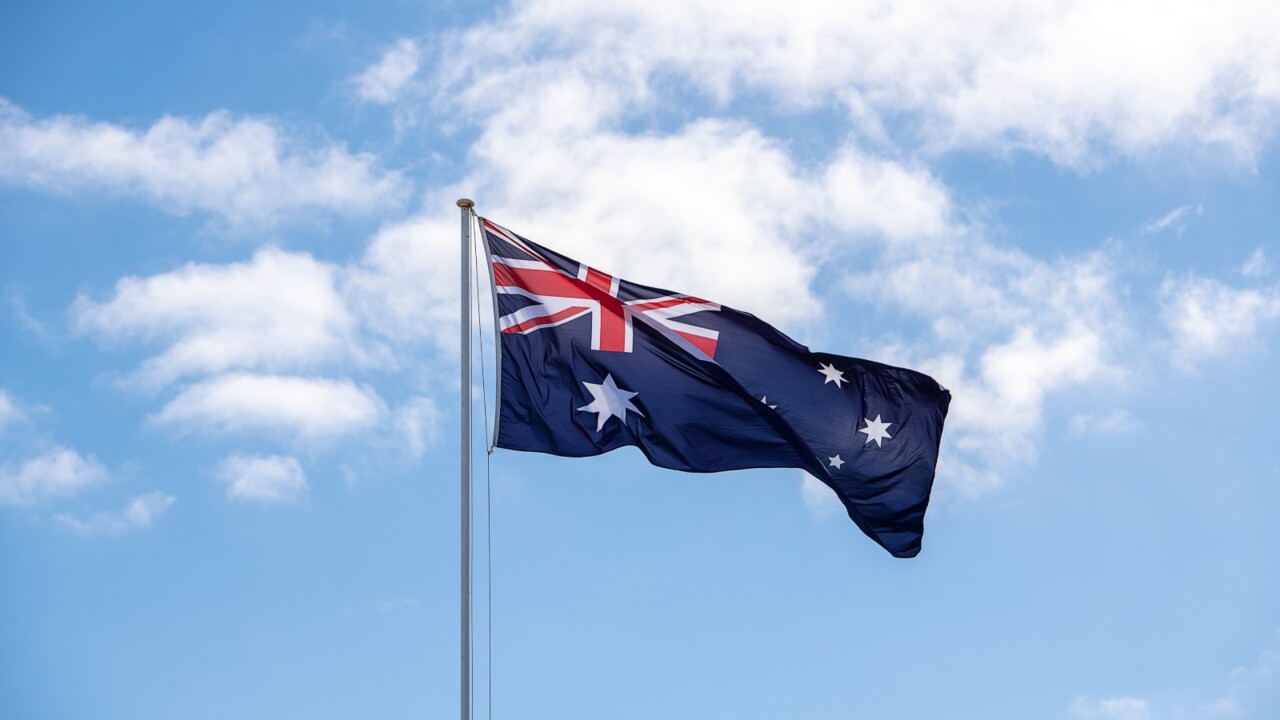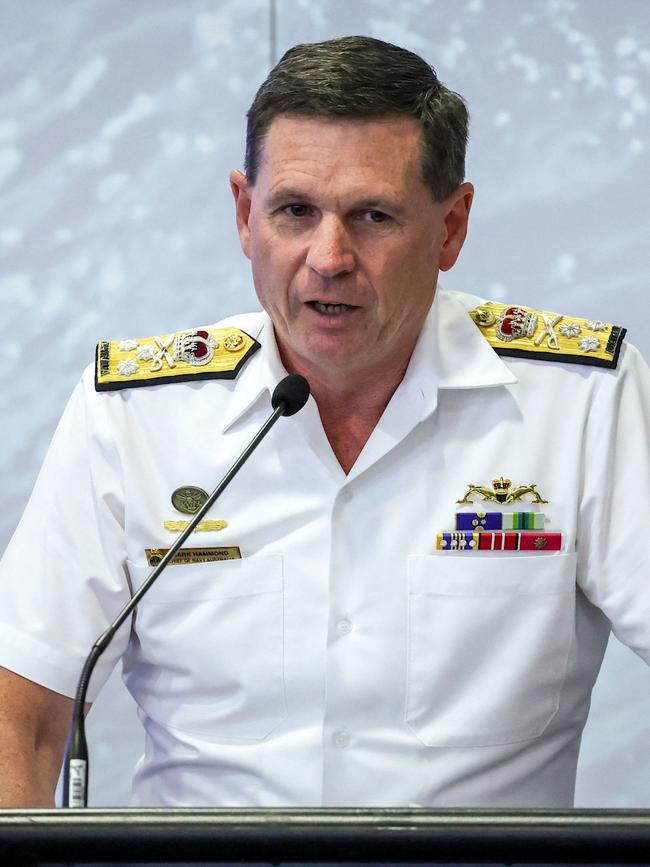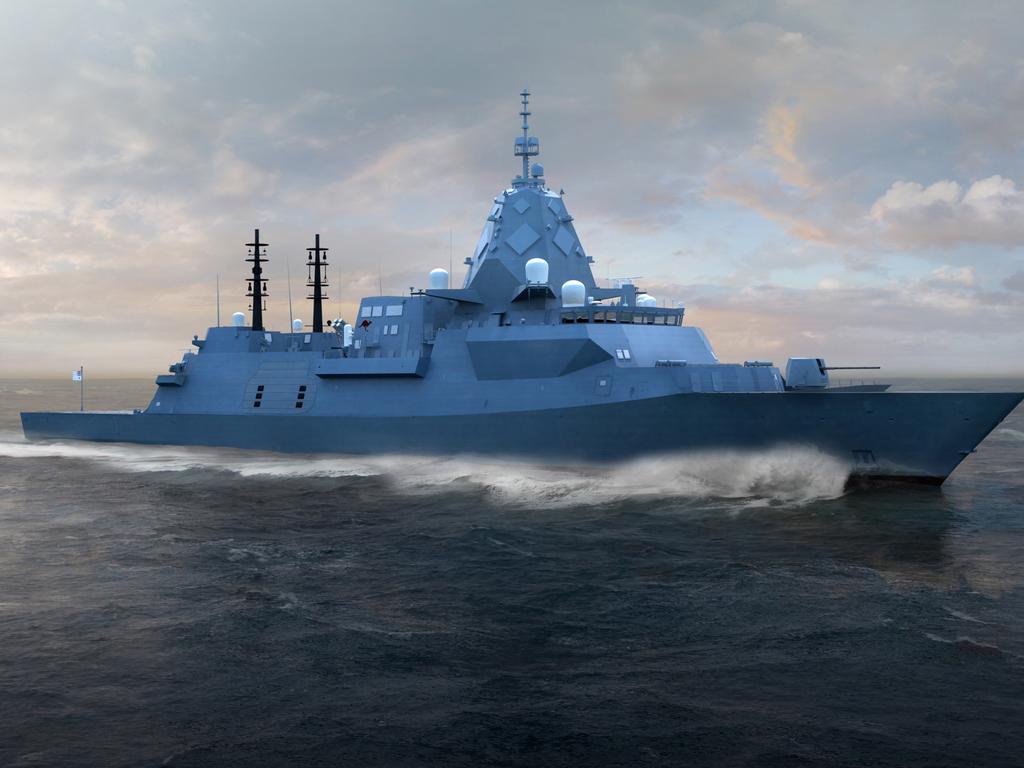Anthony Albanese under pressure to spend more now to strengthen Navy’s frigates program
The Albanese government must boost defence spending significantly if it is to afford new warships, as part of a sweeping shake-up of the navy’s fleet.

The Albanese government must boost defence spending significantly if it is to afford new warships, as part of a sweeping shake-up of the navy’s fleet.
Defence experts say the government cannot afford to acquire a new fleet of smaller warships while also continuing with the $45bn Hunter-class frigate program without a long-term commitment to higher spending on defence.
Plans to acquire a new fleet of small, well-armed warships are expected to be announced on Tuesday as part of a major restructure of the navy. The long-awaited review of the navy’s surface fleet is also expected to announce changes to the Hunter frigate program in Adelaide, with only six of the anti-submarine ships expected to be ordered, rather than the nine initially planned. It is understood the independent review found that to build all nine frigates would cost $65bn, $20bn more than forecast.
The review states that the new warships commissioned “will see the navy equipped with a major surface combatant fleet twice as large as planned when we came to government – and with more of these new surface combatants in the water and operational sooner”. But the government has so far not announced any rise in defence spending to pay for its new-look navy. It has previously said there will be a slow increase in defence spending between 2027-28 and 2032-33 of $30.5bn, which would lift defence spending as a percentage of GDP from 2.05 per cent to 2.3 per cent.

Experts say this increase will be more than swallowed by the costs of preparing to acquire nuclear-powered submarines under the AUKUS pact and there would be no funding left over for new warships.
Jennifer Parker, a naval expert at Canberra’s National Security College, said: “If the rumours prove true and an enhanced surface combatant fleet is announced, this will need to be backed up my an increase in the defence budget in May.
“While there is a view out there that Defence can generate efficiencies within the budget through prioritisation, this is playing around the margins and will not generate the savings required to fund an enhanced surface fleet.
“Reductions in the Hunter program from nine to six will not generate financial sayings in the near term to fund an acceleration of an enhanced naval capability.
“Between now and May (the next federal budget), the government and Defence will need to work on communicating with the public why additional defence spending is necessary. This will require a clear-eyed and sober articulation of the threats.”

Marcus Hellyer, a defence analyst with Strategic Analysis Australia, said the government would need to increase the budget to pay for new ships but it might also need to cut spending and cancel projects.
“If the government wants Tier 2 (smaller surface) combatants, it has two options,” Mr Hellyer said. “It can provide new money, which will need to be at least $1bn per year. Or it can further gut the Defence integrated investment program removing things that are already in there. But if you want to find money in the near term, you have to cancel programs that are already in process.”
The government is under pressure to prove it is serious about defence after it failed to commit extra resources to the navy despite claiming in the Defence Strategic Review last year that Australia faced the most dangerous strategic outlook in generations.
The government is expected to unveil plans for a new fleet of at least eight small warships, either corvettes or light patrol frigates, to try to boost the navy’s firepower more quickly in response to a rising China.
The government is under enormous pressure to introduce any new naval ships into service as quickly as possible, given that the next new warship under current plans will not arrive until 2032 when the first Hunter frigate is delivered.
The move toward smaller, so-called Tier 2 warships was foreshadowed in last year’s Defence Strategic Review.
The government’s decisions on the structure of the navy come in response to an independent analysis of the navy’s surface combatant fleet last year by former US admiral William Hilarides.







To join the conversation, please log in. Don't have an account? Register
Join the conversation, you are commenting as Logout